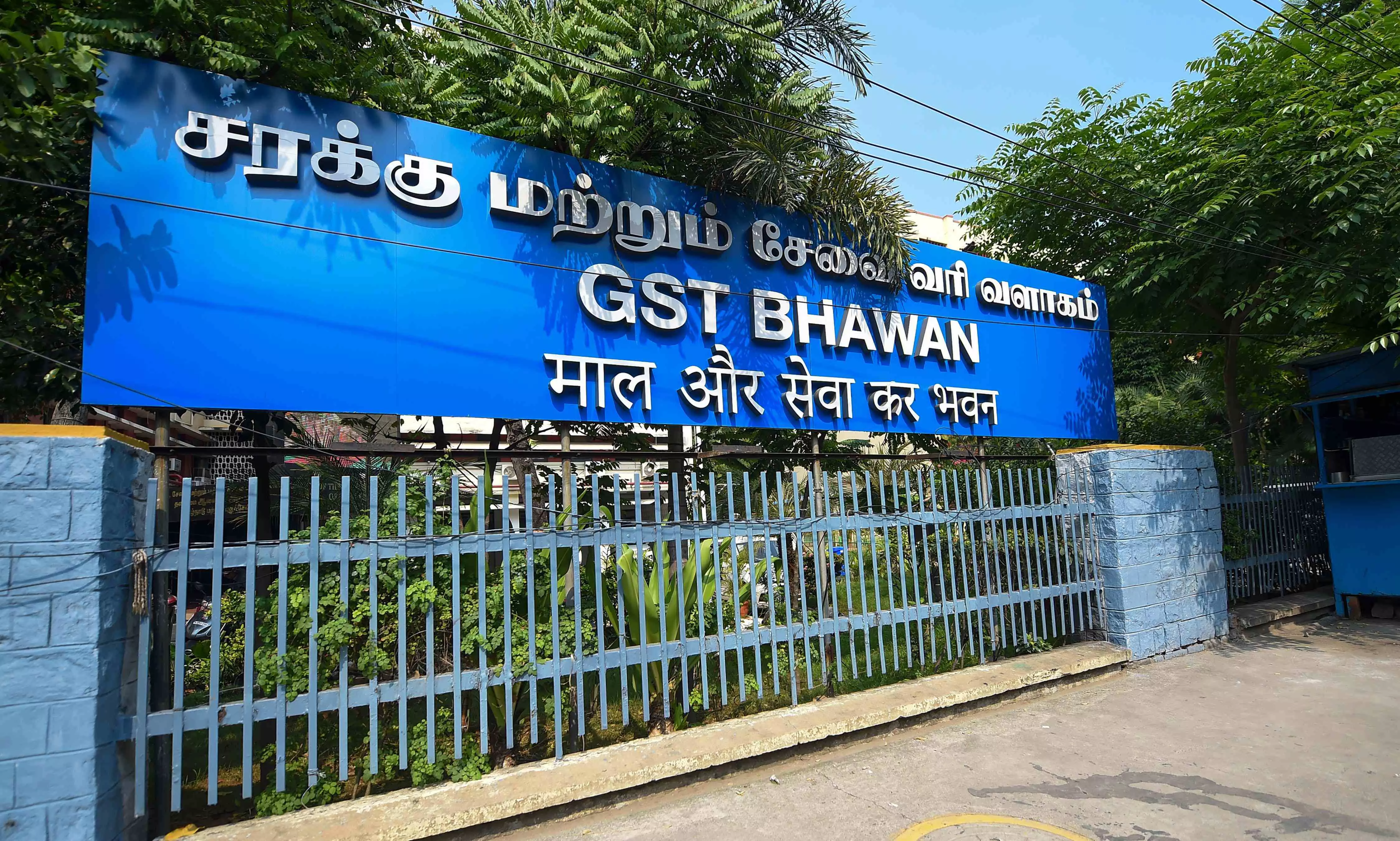Expanding footprint

India's Gross Goods and Services Tax (GST) collections in April, for transactions made in March, have set a new record, cresting over Rs 2.1 lakh crore — a remarkable increase from last year's high of Rs 1.87 lakh crore in the same month. This surge in revenue is indicative of the robust health of the Indian economy and improvements in tax efficiency and compliance strategies.
April often showcases peak GST revenue due to end-of-financial-year book squaring, where businesses settle their dues and streamline their accounts to comply with tax requirements. This year's spike, while impressive, may not predict sustained increases to this level throughout the year. Analysts anticipate that the figures will moderate in subsequent months. However, the average monthly collection is still most likely to witness an uptick. Union Finance Minister attributed this GST windfall to the ongoing strong momentum of the Indian economy coupled with efficient tax collection systems. As per her assertions, no pending dues remain in the IGST (Integrated GST) settlements to the states.
A cursory glance at the components of this revenue increase would reveal that domestic transactions grew by 13.4 per cent, and goods imports by 8.3 per cent. Interestingly, the revenue from imports marks a rebound from a 5 per cent contraction in March. The growth in GST collections on account of domestic transactions, however, stands weakened. Furthermore, the GST compensation cess reached a zenith at Rs 13,260 crore. This cess, mainly from high-duty items like automobiles and tobacco, continues to play a critical role in balancing fiscal scales across states.
State-wise GST data revealed that 19 out of 38 states/UTs exceeded the national growth average of 12.4 per cent, with Maharashtra leading at Rs 37,671 crore (13 per cent growth). Other top performers included Karnataka, Gujarat, Uttar Pradesh, Tamil Nadu, and Haryana. On the other hand, certain north-eastern states, Jammu & Kashmir, Lakshadweep, and the Andaman and Nicobar Islands saw a decline in collections. This diversity of scale calls for tailored strategies to deal with specific states.
The record-breaking GST collection provides a cushion to undertake more ambitious economic reforms. With central GST revenues already exceeding the previous year's targets, the government has some fiscal leeway to refine and expand the GST framework. Despite the buoyancy in GST collections, complexities in the tax system remain a concern. Both major political parties have acknowledged this in their election manifestos, with promises to simplify the GST structure. The BJP aims to enhance the user-friendliness of the GST portal for small businesses, while the Congress proposes a shift to a single moderate tax rate with minimal exceptions.
It is imperative that the next government focuses on smart GST reforms. Consulting with stakeholders to address the anomalies that currently burden businesses and consumers will be key. To sum up, while April's GST bonanza indicates fiscal strength and administrative efficacy, it also underscores the need for continual reforms and adaptation. The path ahead should aim not only to sustain these revenue gains but also to make the GST a simpler and more equitable tool for economic development.




